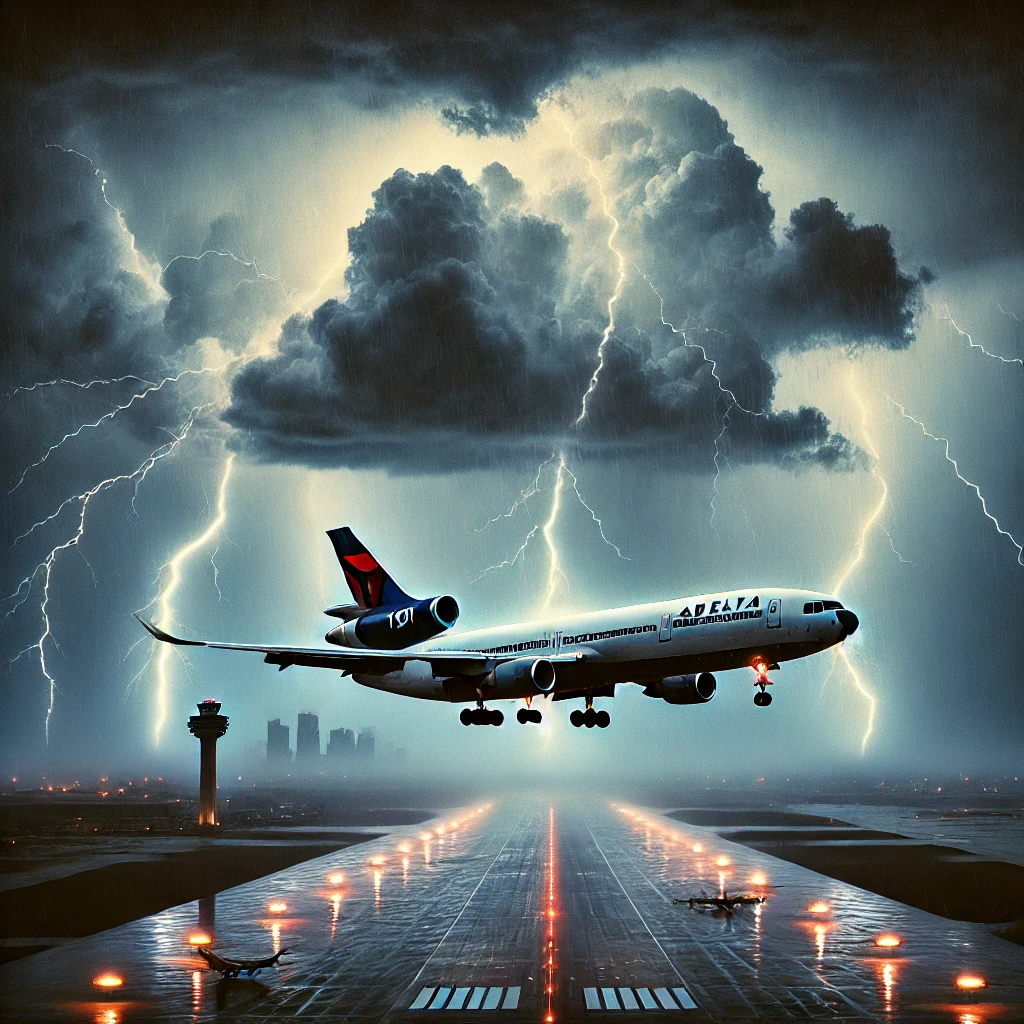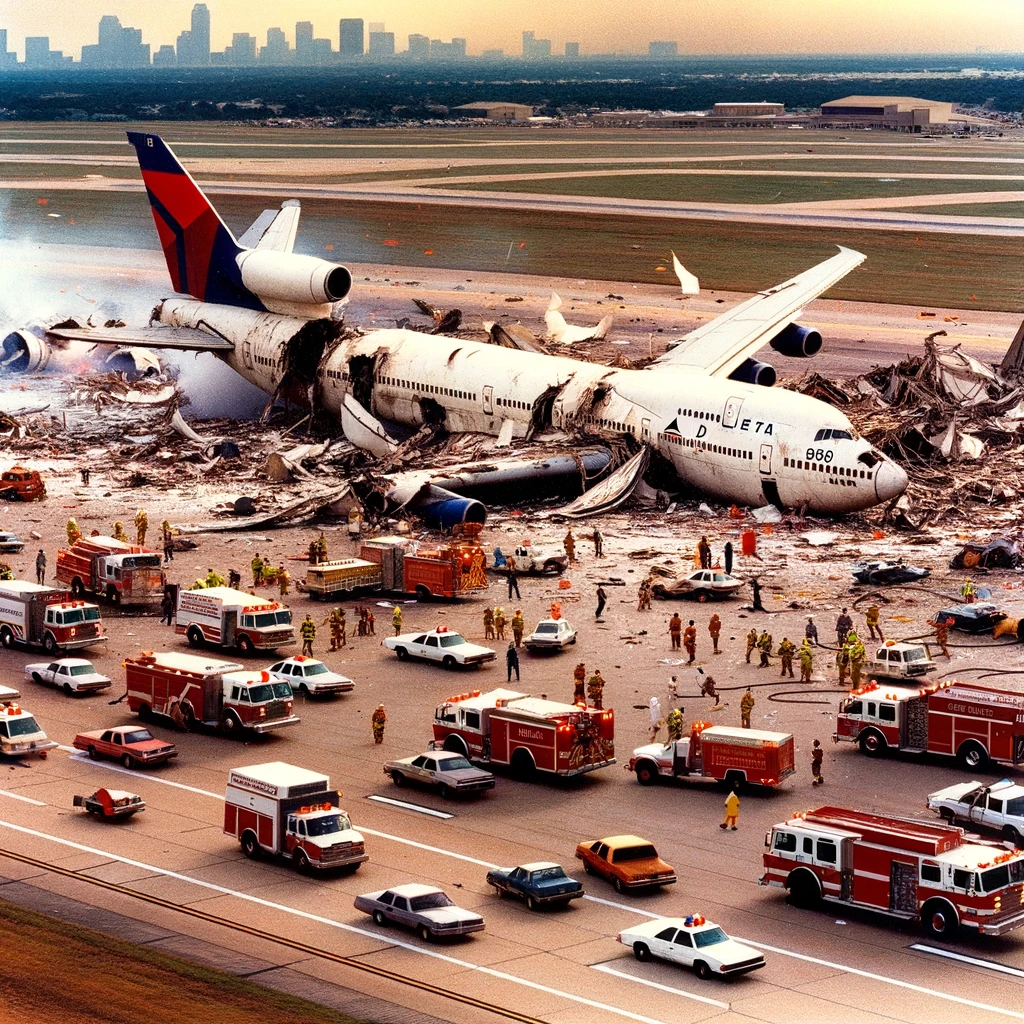On August 2, 1985, a devastating plane crash occurred at Dallas/Fort Worth Airport in Texas, resulting in the loss of 135 lives. Delta Flight 191, a Boeing 727 en route from Fort Lauderdale, Florida, to Dallas, Texas, was struck by an extremely violent thunderstorm. The sudden and intense wind gusts, associated with a supercell thunderstorm, caused the aircraft to crash while attempting to land.
The flight, which had departed from Fort Lauderdale in the afternoon, encountered severe weather conditions as it approached Dallas/Fort Worth Airport. The sudden formation of a supercell, a particularly dangerous type of thunderstorm, led to strong and erratic wind gusts that severely impacted the plane’s approach and landing.

The Formation of the Supercell
The tragic events of August 2, 1985, were precipitated by the rapid and unexpected development of a supercell thunderstorm. Supercells are characterized by their rotating nature and can produce extreme weather phenomena, including powerful wind gusts and turbulence. The sudden formation of this supercell caught meteorologists and air traffic controllers off guard, contributing to the severity of the situation.
As Delta Flight 191 descended toward Dallas/Fort Worth Airport, it encountered a microburst, a localized downdraft of air within a thunderstorm that can cause sudden and severe wind shear. This wind shear dramatically affected the aircraft’s ability to maintain control, leading to a catastrophic crash.

The Impact on Dallas/Fort Worth Airport
The crash of Delta Flight 191 had a profound impact on Dallas/Fort Worth Airport and its operations. The incident highlighted the vulnerability of aircraft to severe weather conditions and led to increased scrutiny of weather forecasting and aviation safety protocols. The airport was immediately plunged into a state of emergency, with rescue and recovery efforts launched to address the aftermath of the tragedy.
In the wake of the crash, the aviation industry underwent a review of weather-related safety measures. The event underscored the need for more accurate weather prediction systems and improved training for pilots and air traffic controllers in handling severe weather conditions.
The Aftermath and Legacy
The tragic crash of Delta Flight 191 remains one of the deadliest aviation disasters in U.S. history. In addition to the significant loss of life, the incident prompted a reassessment of aviation safety protocols and weather monitoring practices. The investigation into the crash led to important changes in how thunderstorms are tracked and how pilots are trained to handle severe weather conditions.
The legacy of Delta Flight 191 continues to influence aviation safety practices to this day. Advances in weather forecasting, improved radar technology, and enhanced pilot training have all been part of the ongoing effort to prevent similar tragedies and ensure safer air travel.

Remembering the Victims
The crash of Delta Flight 191 was a tragic event that deeply affected the families of the victims and the broader aviation community. Memorials and tributes have been established to honor those who lost their lives in the disaster. The event serves as a solemn reminder of the risks associated with air travel and the importance of rigorous safety measures.
As we remember the events of August 2, 1985, it is essential to reflect on the progress made in aviation safety and the ongoing efforts to protect passengers from the dangers posed by severe weather. The lessons learned from this tragedy have contributed to making air travel safer and more resilient in the face of natural challenges.
